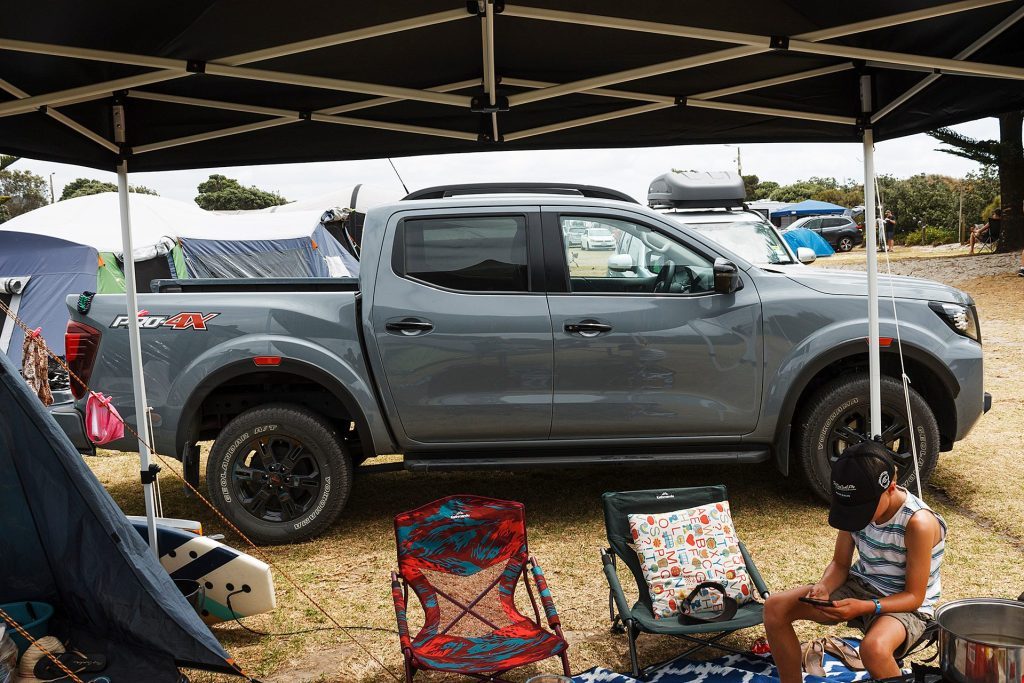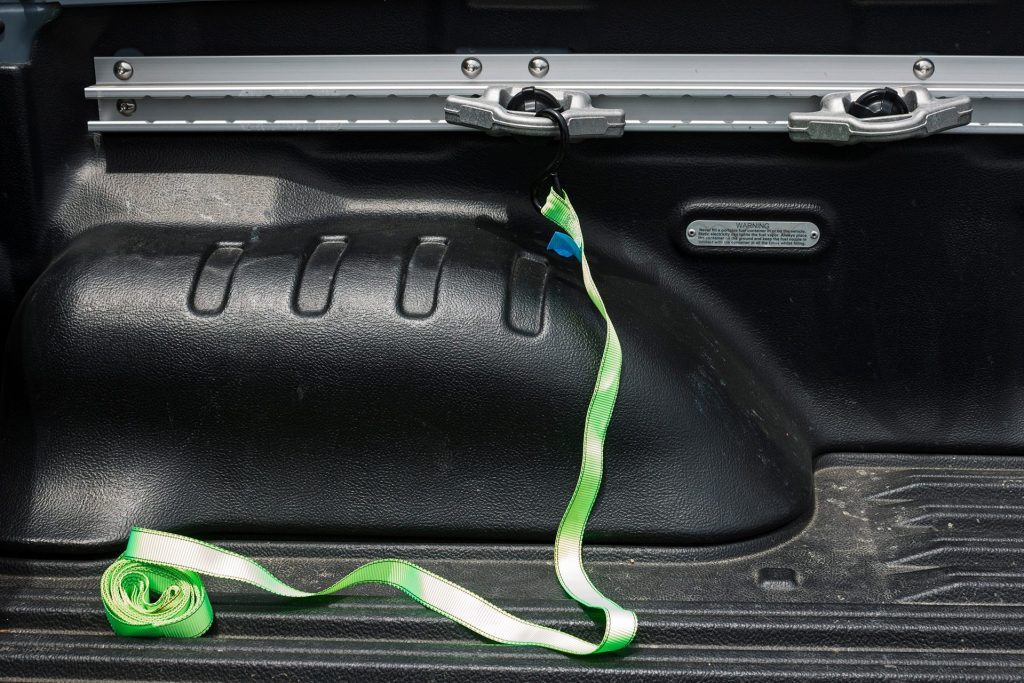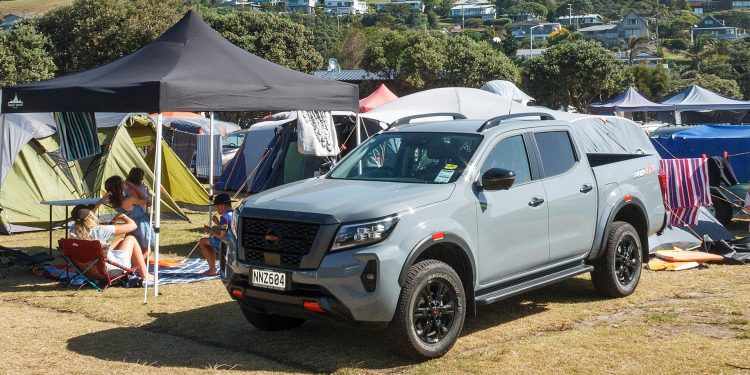2021 Nissan Navara Pro-4X long-term report part two
Words/Photos: Kyle Cassidy
People seem to like the look of our long term PRO-4X Navara. Compared with the old Navara, this new one has more of a truck persona, the front end more macho in that Stateside way, but it’s the sum of the PRO-4X’s visual enhancements that do it.
The colour is a winner, then there are those wheel arch treatments, and that terrain-ready rubber. These are more for show than mud plugging, thankfully. The chunky sidewall is a facade as the treads themselves are more highway friendly than trail ready, and so don’t rumble on the move or abandon the thought of providing traction on a wet road.
One of the endearing Navara features is its engine. When the D23 generation first arrived, its donk was relatively small at 2.3 litres compared with its main rivals that had around 3.0 litres under the bonnet, if not more. But torque is something it has never lacked thanks to its twin-turbo set-up. This helps eliminate much of the low-down lag of an oiler, and this pulls well throughout its operating range.
And in the new Navara, you don’t hear it clattering away as much thanks to the extra sound deadening Nissan added as part of the makeover. Though small in size, with a seven-speed auto aiding its spread of torque, you really don’t need to work it hard. And the payback is fuel economy. This truck has been plying the city for the majority of its time with us, and despite various weighty lead foots in the driver’s seat the fuel consumption has remained stubbornly in the 8.5L/100km range. Okay, the tray has largely been empty during this time so it hasn’t been lugging much but that is still a few points better than anything with a 3.0-litre donk.

We did load Navara up for a trip north on another camping excursion because, as we told the pay clerk when putting in another leave form, you have to make the most of the summer weather. With so much cargo space, we rammed more stuff in than we’d usually take away, putting its 1013kg payload to a sterner test. Not that the Navara felt vastly different. With improved rear end suspension, there was no sagging once everything and everyone was on board. While most utes tend to ride better over the smaller bumps with a load on the back, they can take longer to settle when you encounter the bigger ones, but Navara takes them all in its stride.
And the diesel still pulls well too. The auto works a little harder to compensate, using its spread of ratios to ensure it’s good to go. While Nissan felt the need to add a drive mode button to the updated Navara, we didn’t feel the desire to nudge it from the normal setting, where it works perfectly well.
The upper spec Navaras are fitted with Nissan’s Utili-Track system to help secure the load in the tray. These well constructed tie-down points can be shifted along the side of the wellside, helping you secure the load easily. They are helpful little contraptions for novice logistics officers; you don’t need to be a loadmaster in order to get everything tied off. Just load the things in, move the hooks into place, and you’ve quickly secured what would otherwise be a precariously stacked load. These proved far easier to use than the fixed hooks lashed to the bottom of the tray. So overall Navara is still ticking the boxes for us.






